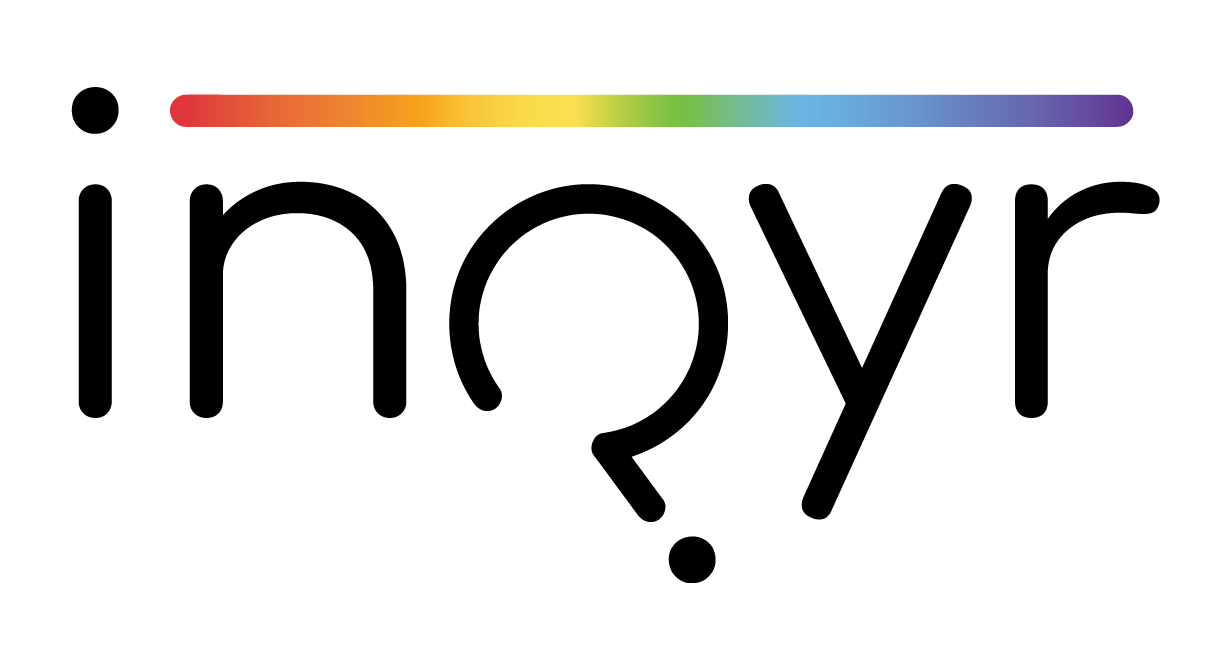“I’ve survived a lot of things that not everyone survives”: A digital photo elicitation study of the roles of social media in the lives of child welfare-involved sexual and gender diverse youth
Craig, S. L., Brooks, A.S., Pascoe, R., & Egag, E. (2025). “I’ve survived a lot of things that not everyone survives”: A digital photo elicitation study of the roles of social media in the lives of child welfare-involved sexual and gender diverse youth. Sexual and Gender Diversity in Social Services. https://www.tandfonline.com/doi/full/10.1080/29933021.2025.2471826
Background
Sexual and gender diverse youth (SGDY) are overrepresented in child welfare systems and face multiple challenges, including stigma, discrimination, and placement instability.
SGDY often experience rejection from their families due to their identities, leading to greater vulnerability within the child welfare system.
Social media plays a significant role in the lives of SGDY, offering a platform for self-expression, support, and resilience-building.
Prior research has focused on either SGDY or child welfare-involved youth separately, but little is known about how SGDY who have been in the child welfare system use social media to support their well-being.
Study Description
The study used digital photo elicitation to explore how child welfare-involved SGDY engage with social media to navigate challenges and build resilience.
Nine SGDY participants, aged 16-29, who had past or current involvement in the Canadian child welfare system were included.
Participants submitted 10-15 digital photos depicting aspects of their identity, social media use, and experiences of adversity.
Semi-structured interviews were conducted over Zoom, where participants discussed their photos and experiences.
Thematic analysis identified key patterns in how participants used social media.
Unique Findings
Three key themes emerged:
Disclosing and Withholding – Participants curated their online presence by selectively sharing positive aspects of their lives while withholding struggles related to child welfare experiences. They used social media to control their narrative and manage emotional exposure.
Persevering and Honoring – Social media was used to recognize sources of strength, such as relationships with family members, friends, or romantic partners. Participants posted about overcoming hardships as a form of self-empowerment.
Upholding and Leading – Many participants engaged in online activism and peer support, using their platforms to advocate for marginalized communities, share mental health resources, and support others in need.
Conclusions
Social media serves as a crucial tool for SGDY with child welfare experience, providing a means to express identity, connect with supportive communities, and process trauma.
Strengths-based approaches in child welfare and social work should recognize the positive role of digital spaces for SGDY.
While social media offers benefits, risks such as online harassment and privacy concerns should be addressed through digital literacy training and trauma-informed support.
Future research should explore larger and more diverse samples to examine how different groups of SGDY engage with social media in various child welfare settings.

